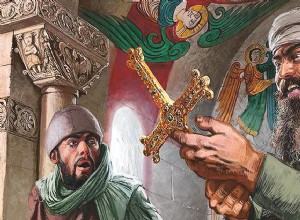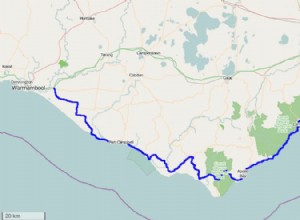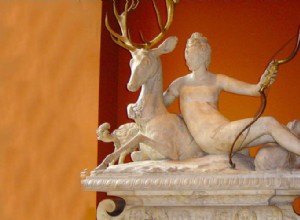On August 10, 997 there was one of those events that represent a before and after in historical processes. The looting, by Almanzor, of the city where one of the most important Christian relics in Europe was found, the remains of the Apostle Santiago, was a turning point in the so-called Christian R




